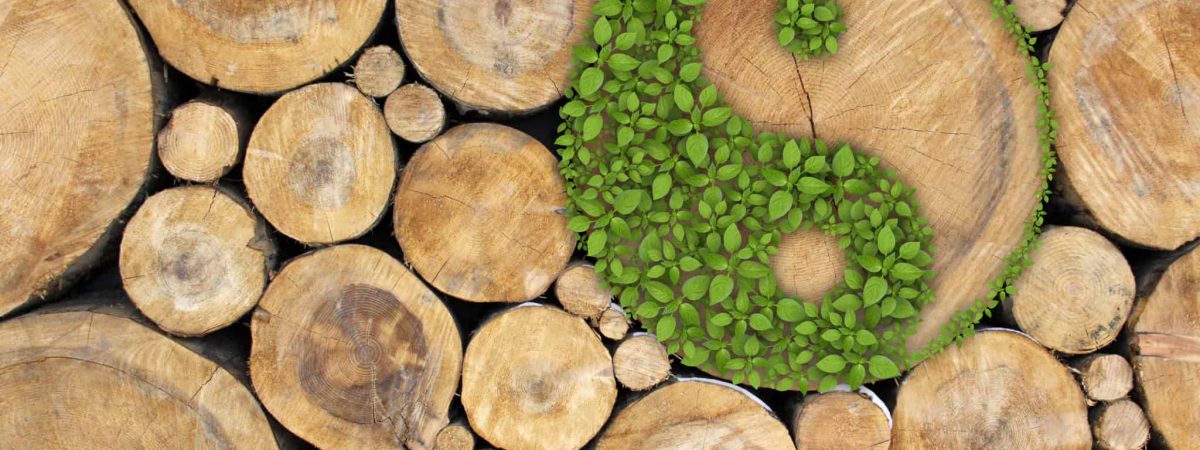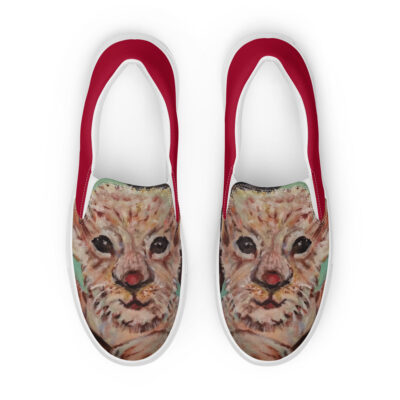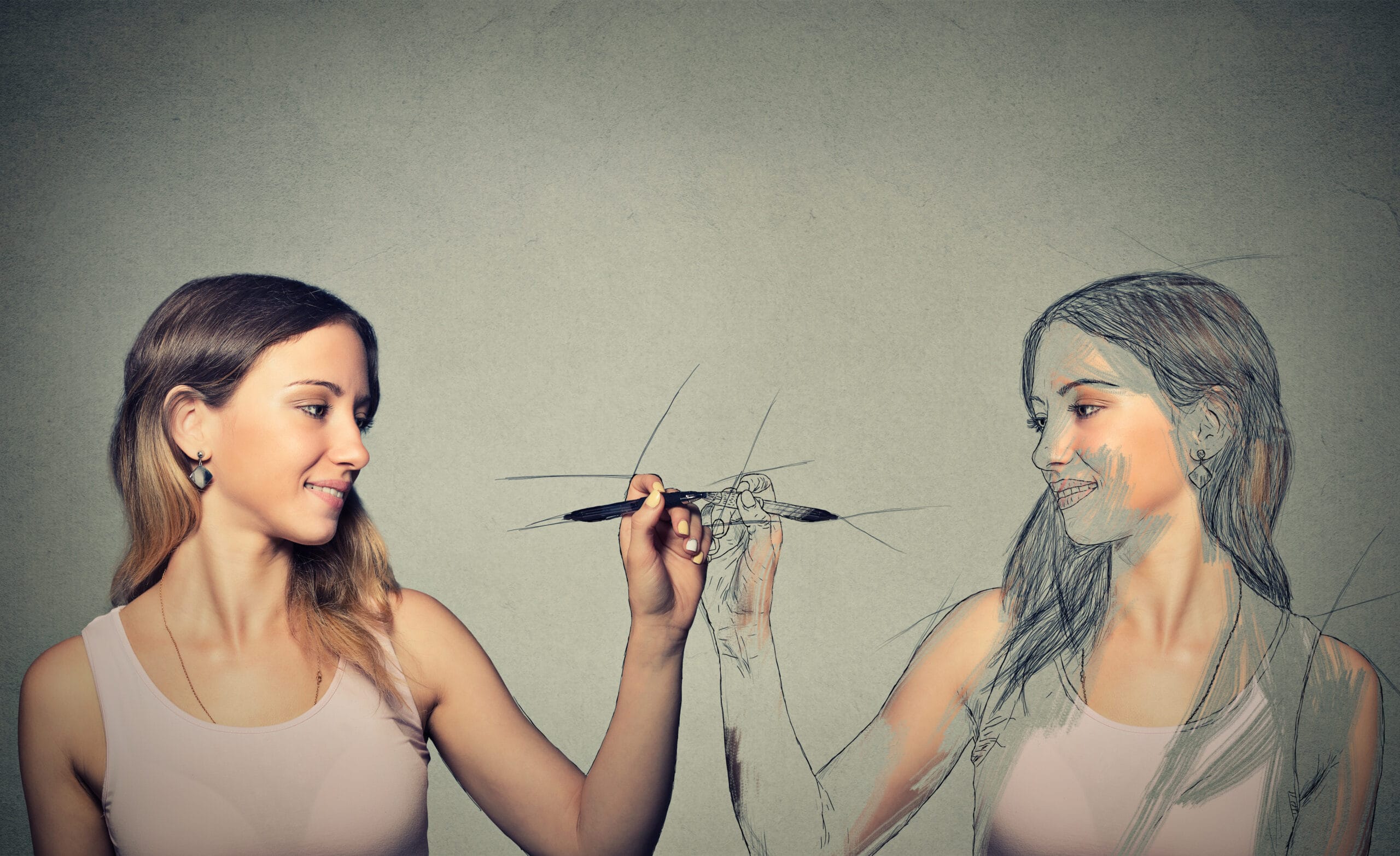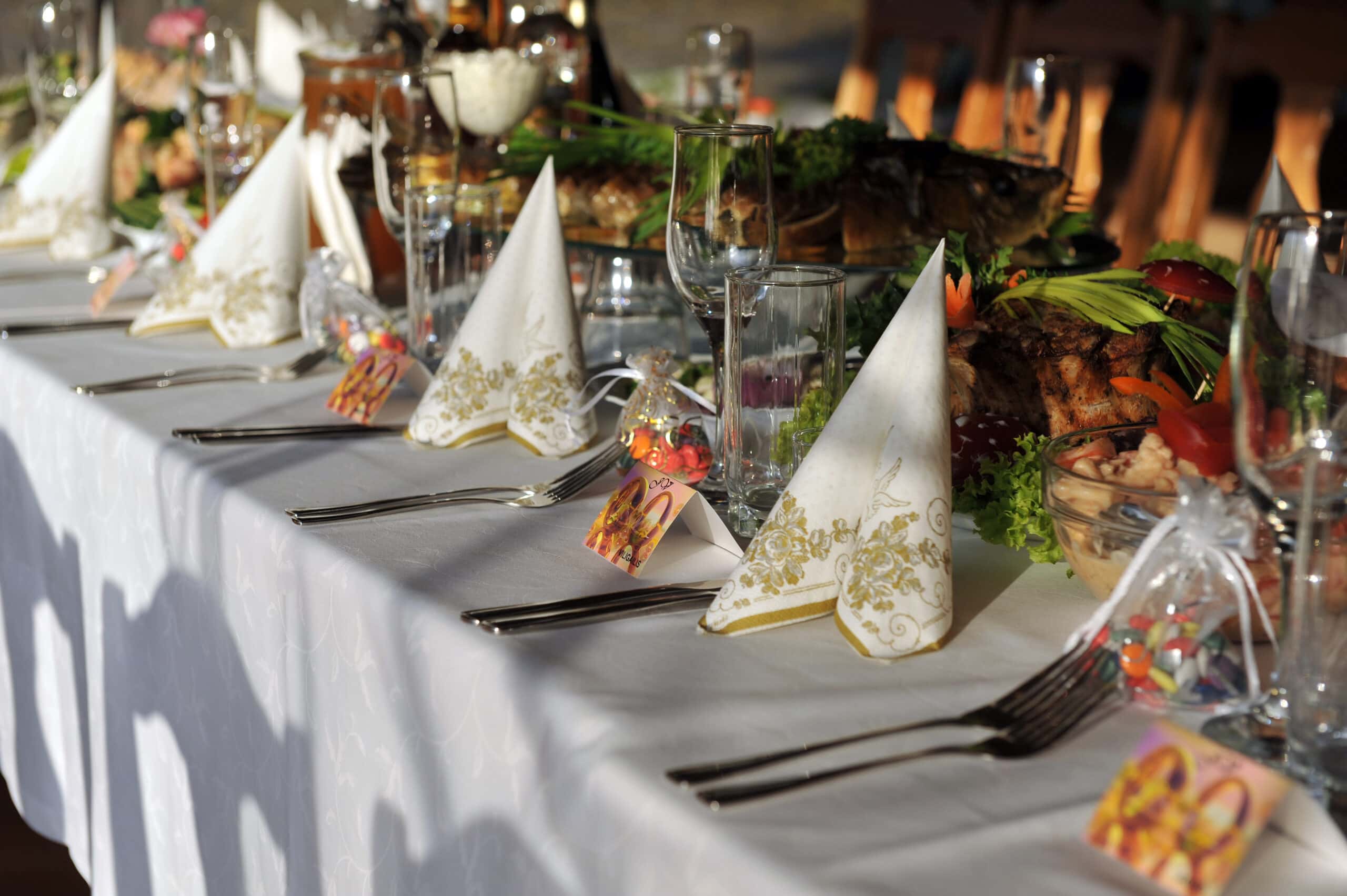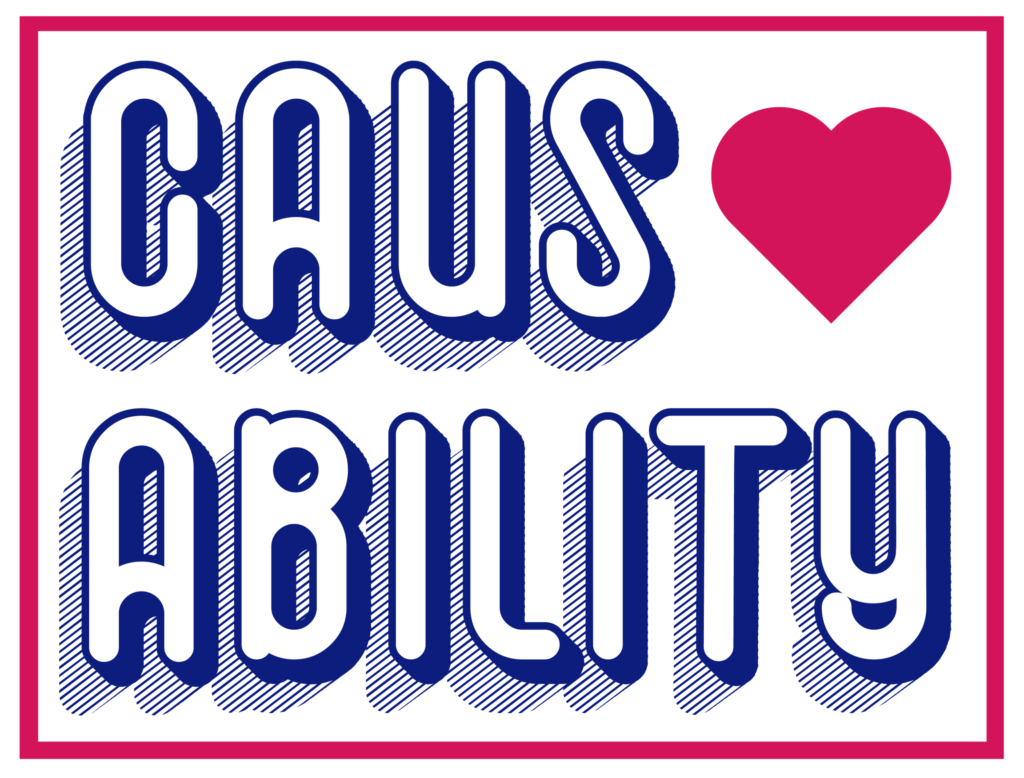Many artists have a great appreciation for our planet. They often use landscapes and the natural world to find inspiration for the pieces they create.
It’s no surprise then that dozens of artists have been looking to make changes in their lives. Many people have realized that several of the art supplies and methods they’ve loved for years are doing more harm to the Earth than they thought.
While companies describe many of their products as “natural, organic, or fair trade,” is it enough just to buy these products and move on? Or is there more we can do as artists to be more sustainable?
Sustainability and Art
When applied to art, the term “sustainability” can have several definitions. For example, an artist could look into sustainable practices, reduced consumption, waste, or purchase more eco-friendly products.
On a larger scale, sustainable art mediums are becoming more common — one of these being land art. Instead of using synthetic materials, land art uses natural materials to create artwork that highlights the natural beauty of nature.
One famous example of land art is found in Great Salt Lake, Utah. Created by Robert Smithson, the Spiral Jetty is made out of mud, salt crystals, and rocks. It’s an art piece that stands out on the vast landscape while maintaining the area’s natural ecosystem.
5 Ways to be a Sustainable Artist
If you need a little help finding ways to make sustainable changes as an artist, we’ve put together some actions you can implement. Here are five ways to be a more sustainable artist.
Purchase Supplies with Natural Ingredients
Have you ever stopped to look at the ingredients list of the products you use to paint? A closer look will reveal contaminants that get poured down our drains without a second thought.
Many companies have made the switch to natural ingredients.
Take the company Natural Earth Paints as an example. They sell paints composed of non-toxic ingredients such as corn-starch, gum arabic, and natural Earth & mineral pigments. These paints are suitable for all ages, and you won’t have to worry about them causing you or your surroundings any harm.
Use Recyclable Materials – Upcycling
Upcycling has gained increased popularity in the art world over the past few years, and for a good reason. Upcycling involves taking material that was deemed worthless or unusable and turning it into art pieces. Because of this, these unwanted pieces get a second chance at life, as they would otherwise end up in landfills across the globe. Artists looking to take on a different perspective enjoy using this art form, and it’s been recognized by art critics around the world.
One African artist by the name of Romuald Hazoumè created an entire collection of artworks called African Masks. He used discarded plastic petrol cans to bring awareness to Beninese men and women who deliver contraband gasoline back and forth from Nigeria to Benin.
Choose an Eco-Friendly Printer
In the past year, we’ve seen an increase in artists choosing to design digital pieces of artwork and then sell prints of their work. If this is your medium, one way to increase sustainability is to choose an eco-friendly printer.
When looking for a print studio, ask yourself the following questions:
- Do they use print-on-demand practices?
- What kind of inks do they use?
- Do they use water-based screen printing?
- Are they currently using solvent-free, non-toxic printing methods?
- Do they use reclaimed or second-hand materials?
- Do they use vegetable oil for cleaning when using oil-based inks?
While it may be challenging to find a print studio that checks off all the boxes, it’s good to keep these criteria in mind to play your part in keeping waste to a minimum.
Choose Water-Based Inks
When printing on fabric, there are typically two inks chosen to use: plastisol and water-based. Plastisol is more common due to its mass availability and affordable price. However, most of these inks contain PVC, which is plastic. It also includes a material to make the ink more fluid that contains phthalates, a toxic chemical. In addition, PVC isn’t safe for drainage systems, resulting in printers using harmful chemicals to break down plastisol from the printing equipment.
On the contrary, water-based inks consist of pigments suspended in water that don’t use any plastics. As a result, studios can wash the screens and equipment used for printing with water to go down drains with no issues. Although water-based prints take longer to dry, they’re a more sustainable and eco-friendly solution to printing.
Purchase From Transparent Suppliers
The best suppliers are ones who are committed to being transparent. A supplier should be open to providing information about the toxicity of their products if there is any. They will often give out material data safety sheets that outline what goes into their products. A transparent supplier will also have information about their supply chain and what happens at each part.
Although it’s excellent to purchase products from sustainable suppliers online, sometimes it’s best to buy locally. Buying from local suppliers eliminates the need for them to ship you products that cost time and energy. In addition, smaller, independent shops often have more information about their suppliers since fewer people are involved in the supply chain.
AFYC Promotes Sustainable Artist Practices
Here at Art For Your Cause, we think it’s crucial that artists consistently think about how they affect the environment. We only have one home, and we should all be doing our part to make sure that we inflict the least amount of damage on our planet.
For artists making physical products, AFYC provides them with a platform to engage in print-on-demand services. This is a sustainable way for artists to make and sell their artwork while lowering their environmental impact. Along with this, every purchase made helps you give back to the community.
Sign up now to see how you can sell your art sustainably with ease.

